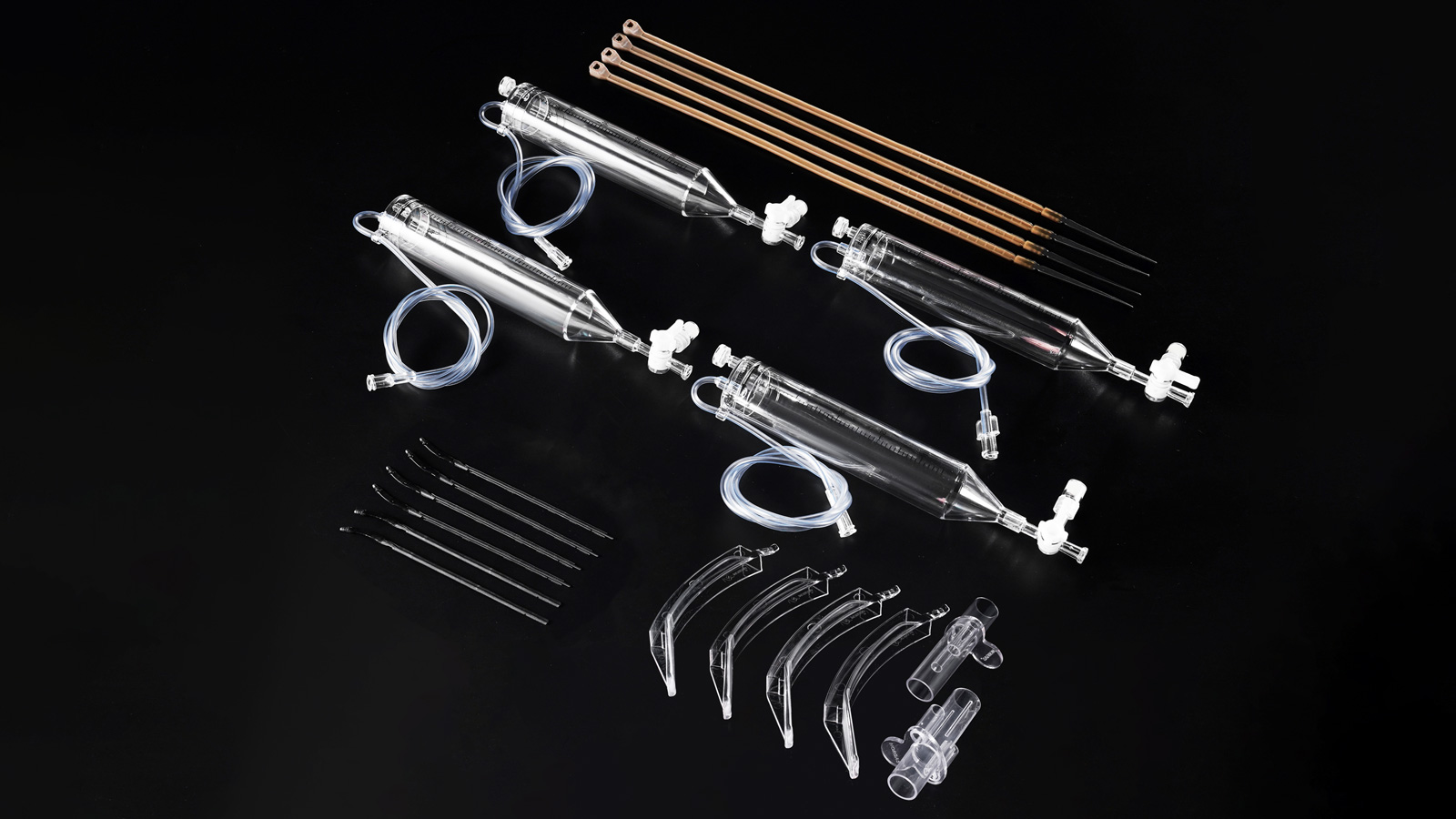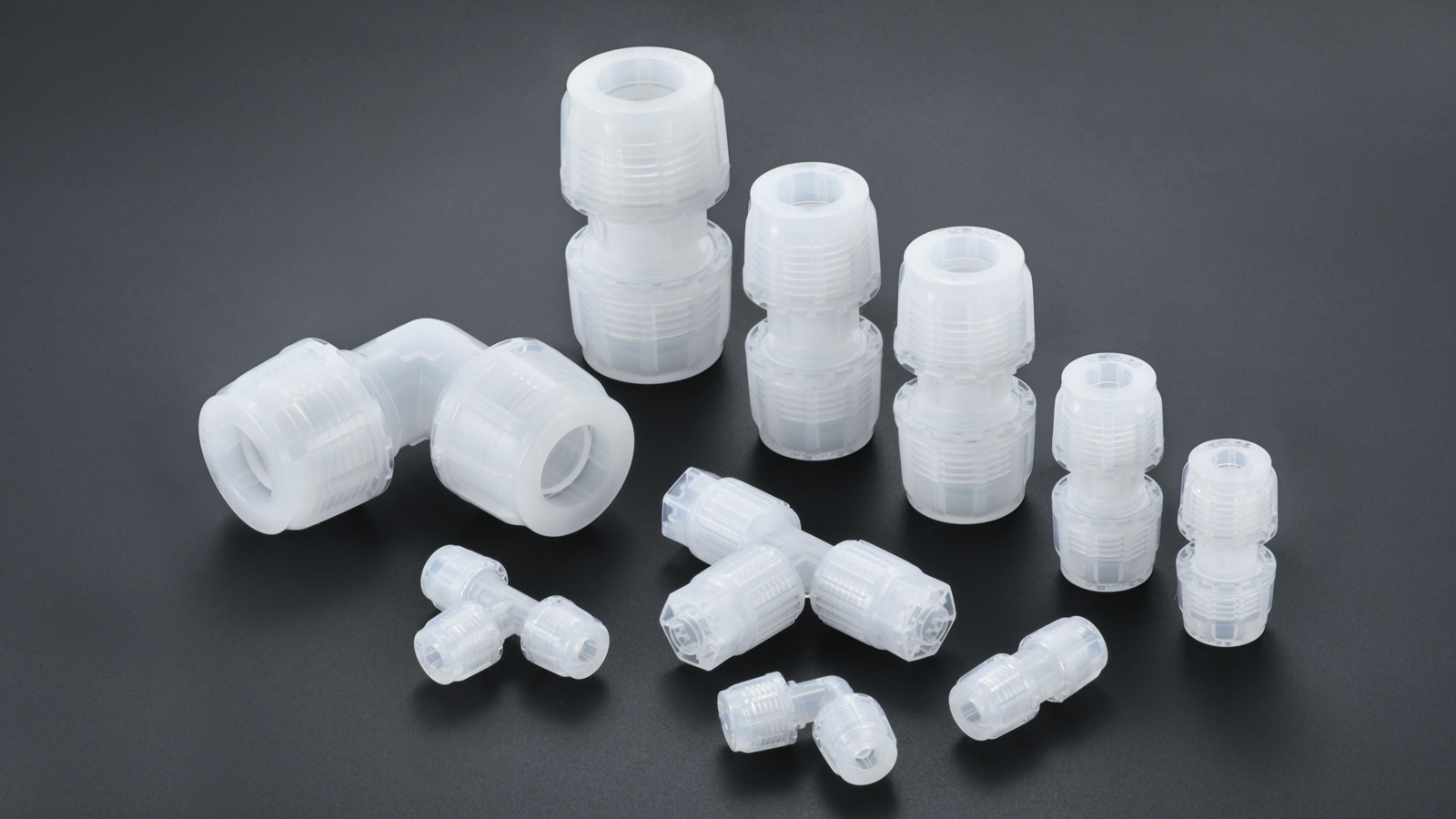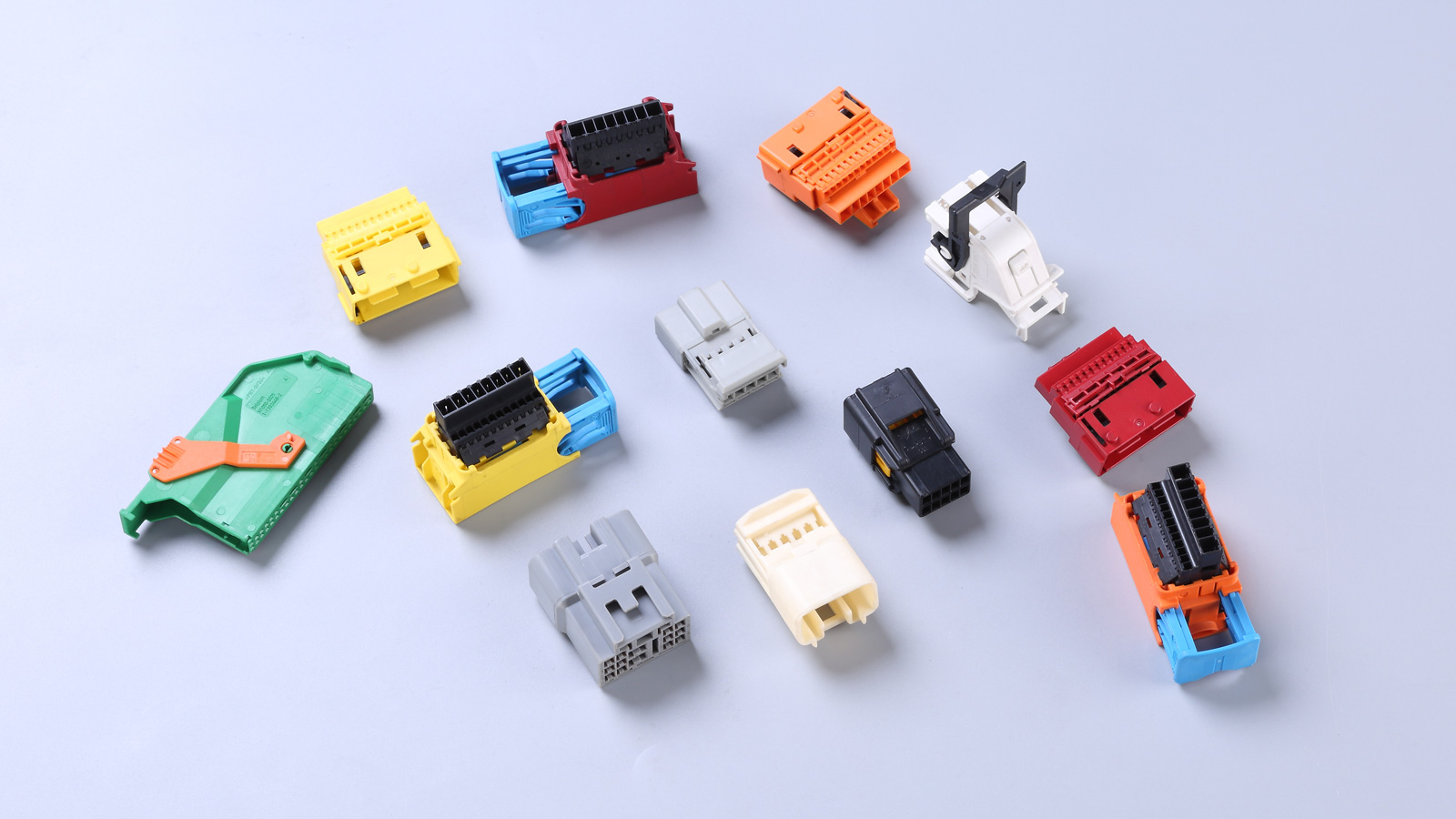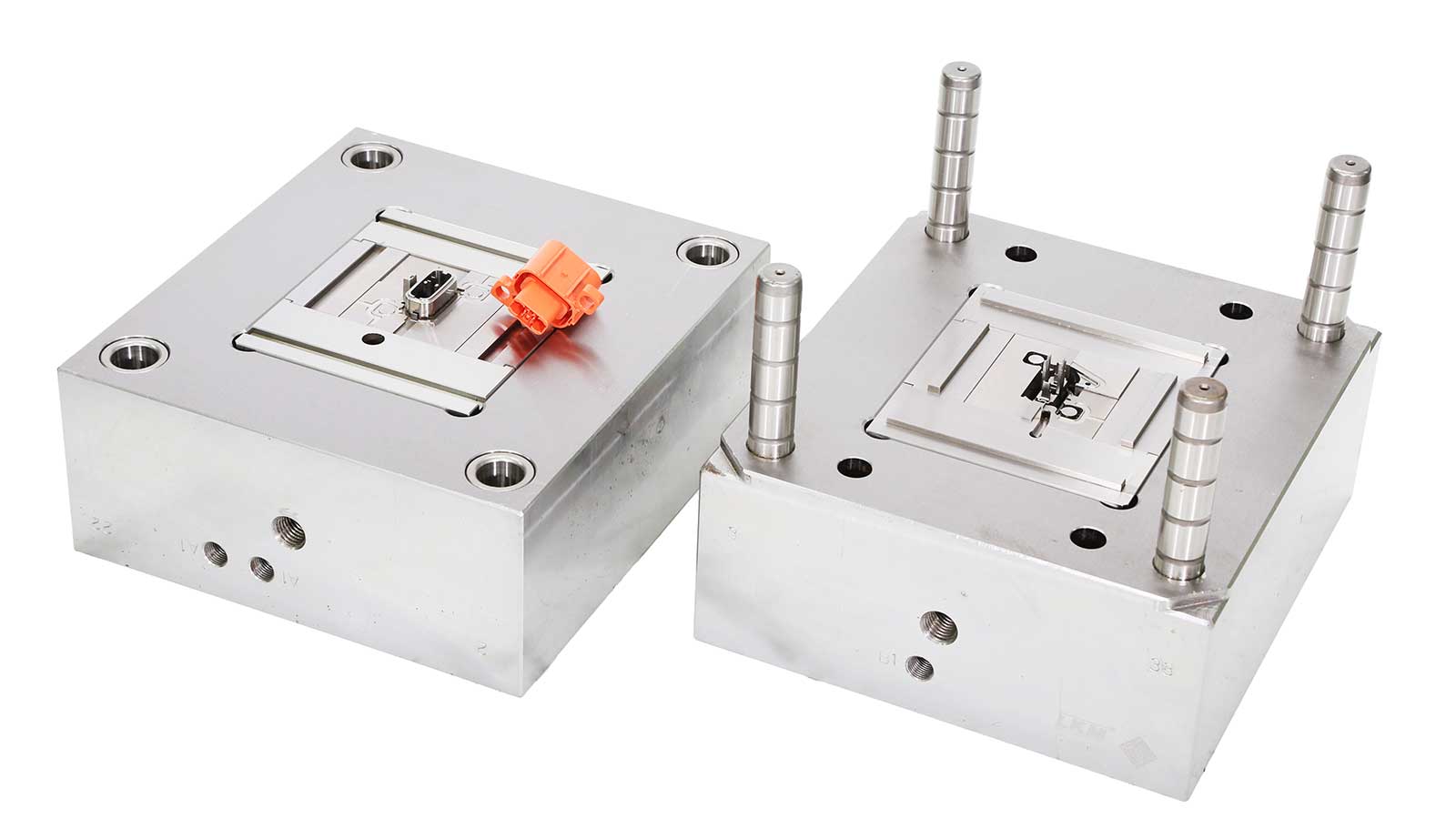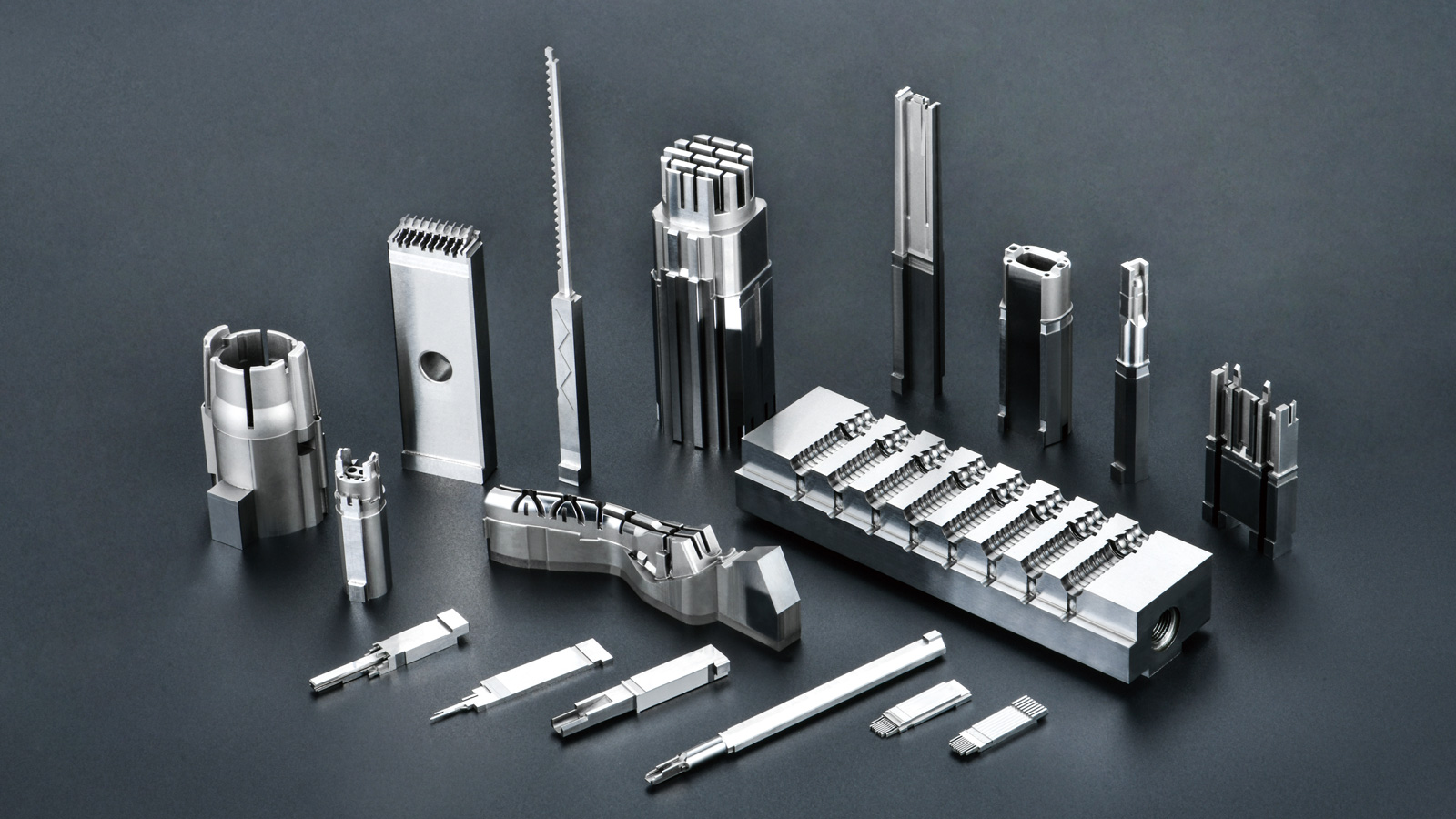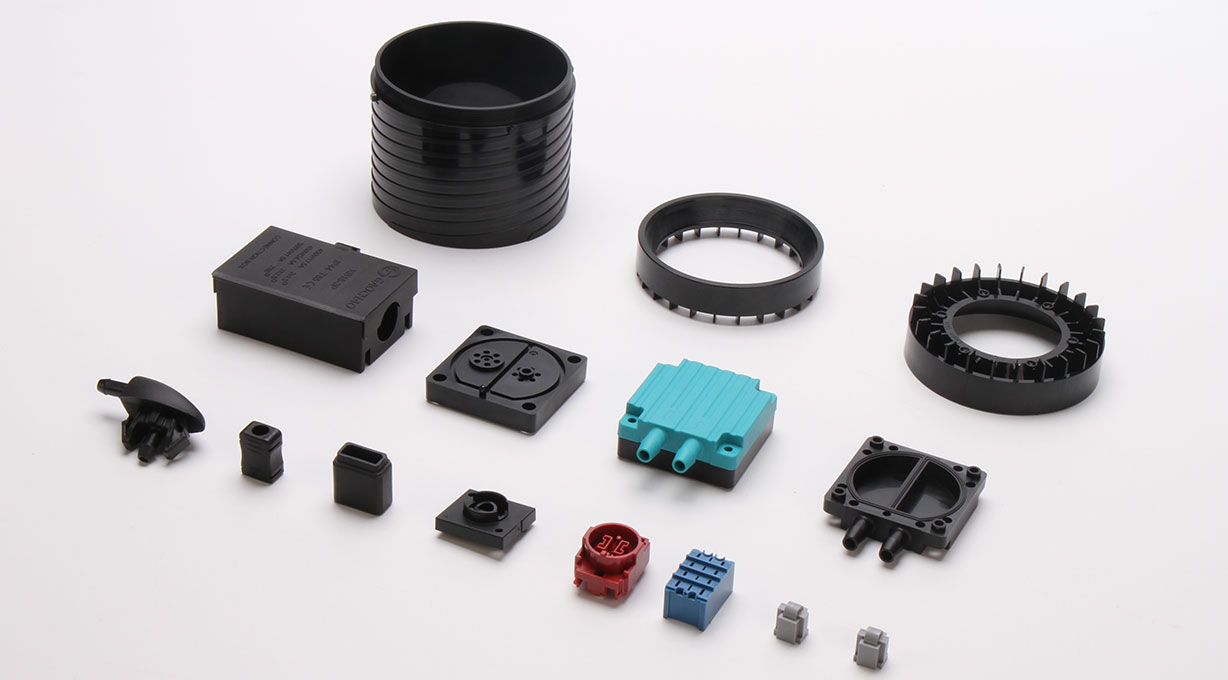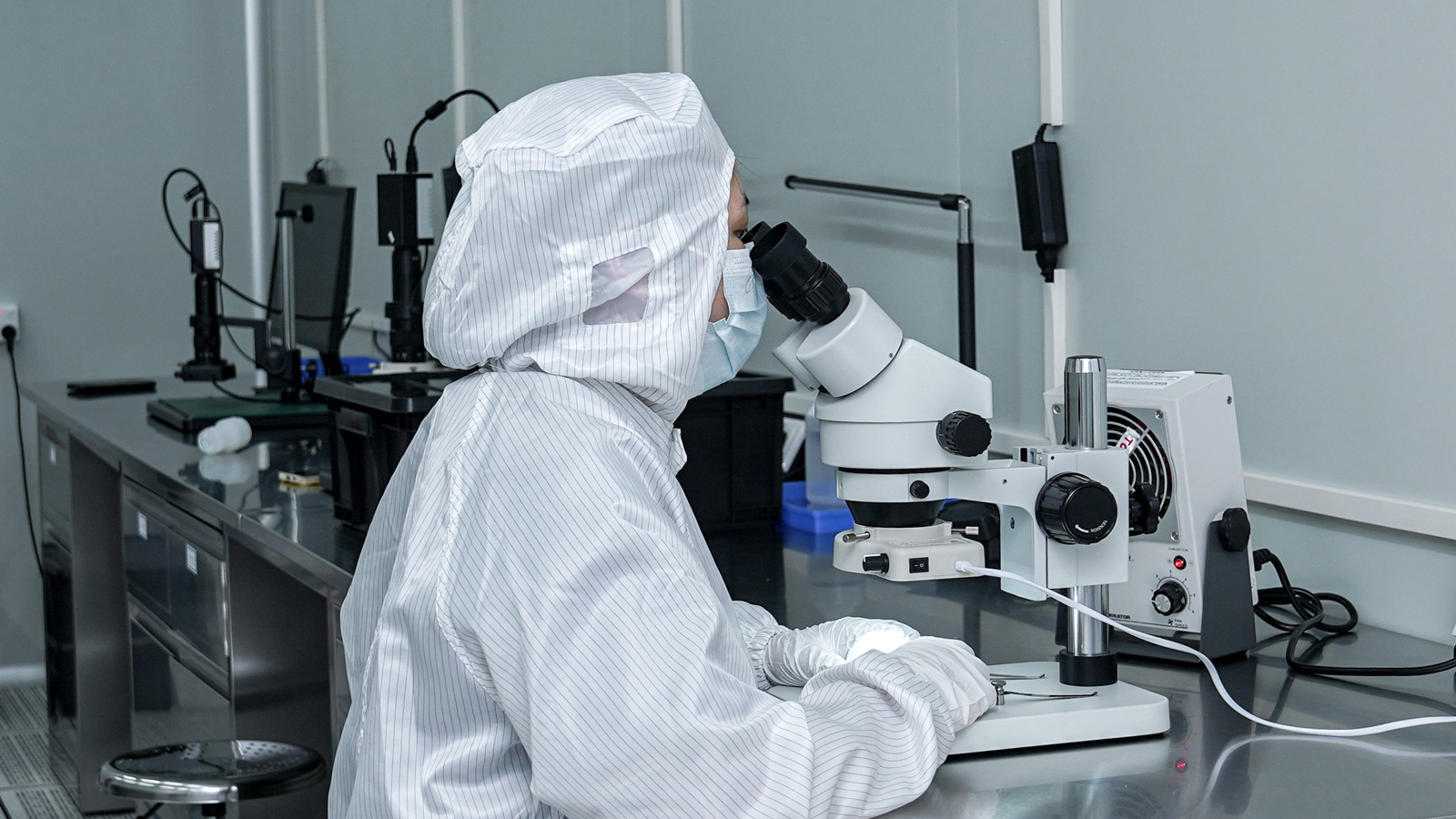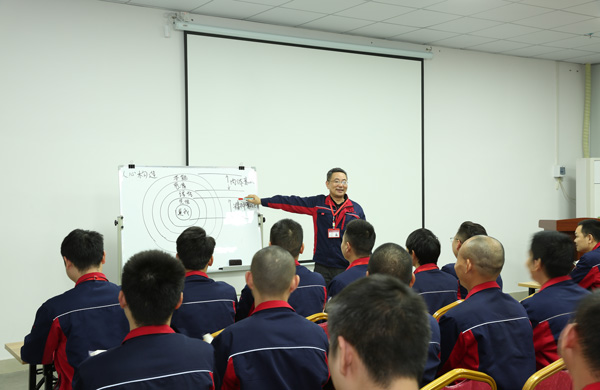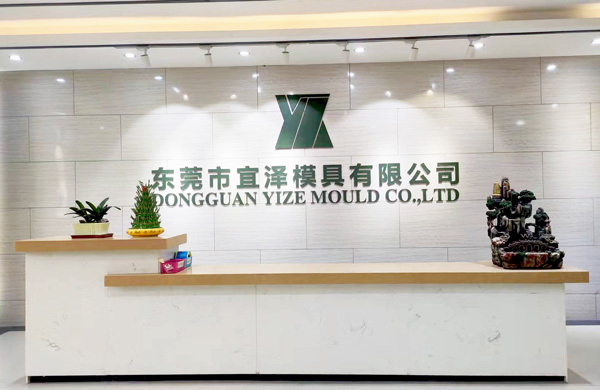In the field of injection mold processing, the tolerance of plastic parts is a crucial factor that directly affects the quality and value of the final product. During the injection molding of plastic shells, the tolerance directly determines whether the product can meet the design requirements and performance specifications. Many customers often ask, “What tolerance can be achieved?” In fact, the standard for the tolerance of plastic parts in injection molds is not fixed and is influenced by multiple factors. Below, we will discuss in detail the general basis for determining this tolerance.
International Standards and Industry Norms
ISO Standards
Standards such as ISO 294 – 4 formulated by the International Organization for Standardization (ISO) provide guiding principles and ranges for the dimensional tolerance of plastic injection – molded parts. These standards classify tolerance grades based on factors such as the size, material type, and complexity of the plastic parts, providing a basic framework for setting tolerances in different situations.
Specific Industry Standards
Different industries have varying tolerance requirements for injection – molded plastic parts. In the automotive industry, quality standards like QS – 9000 strictly regulate the dimensional tolerance of automotive parts to ensure their interchangeability and reliability during automotive assembly. In the electronics industry, electronic equipment manufacturers may establish specific tolerance standards based on their product requirements to ensure a tight fit between electronic components and plastic housings.
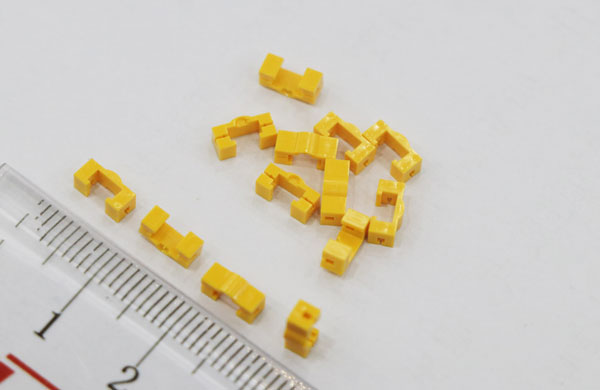
Material Factors
Shrinkage Rate of Plastic Materials
Different plastic materials have different shrinkage rates, which directly affect the dimensional accuracy of injection – molded parts. For example, the shrinkage rate of crystalline plastics is usually higher than that of amorphous plastics. When designing molds and determining tolerances, this factor must be fully considered. Generally, materials with a higher shrinkage rate will have a correspondingly larger tolerance range.
Material Flowability
The better the flowability of a material, the easier it is to fill the mold cavity during the injection molding process, thus potentially achieving higher dimensional accuracy. For materials with good flowability, the tolerance range can be appropriately reduced. Conversely, for materials with poor flowability, the tolerance range may need to be widened to avoid problems such as insufficient filling or excessive dimensional deviation.
Part Size and Complexity
Part Size
Generally, smaller plastic parts have higher tolerance requirements because even minor dimensional deviations can have a significant impact on their function and assembly. For example, for a small plastic gear with a diameter of a few millimeters, the tolerance may need to be controlled within tens of micrometers. For larger plastic parts, such as automotive bumpers, the tolerance range can be relatively larger, possibly several millimeters or even more.
Part Complexity
Injection – molded parts with complex structures usually have stricter tolerance requirements than those with simple shapes. Complex parts may contain multiple small features, thin – walled sections, or undercut structures, which increase the difficulty of injection molding and require more precise mold design and stricter tolerance control. For example, a plastic housing with internal snaps and complex curves may have higher tolerance requirements than a simple flat plastic part.
Usage Requirements and Assembly Relationships
Usage Environment
If injection – molded plastic parts are used in harsh environmental conditions, such as high temperature, high pressure, or high humidity, stricter tolerance control may be required to ensure that they maintain good performance and dimensional stability under extreme conditions. For example, plastic parts used in the aerospace field, which are subject to huge pressure and temperature changes, usually have very strict tolerance requirements.
Assembly Relationships
If a plastic part needs to be tightly assembled with other parts, the tolerance requirements will also increase accordingly. For example, when a plastic gear needs to fit with a metal shaft, to ensure the accuracy and stability of the transmission, both the bore tolerance and the tooth profile tolerance of the gear need to be strictly controlled to ensure that the fit clearance with the shaft is within a reasonable range.
In summary, the standard for the tolerance of plastic parts in injection molds is the result of a comprehensive consideration of multiple factors and needs to be reasonably determined based on specific product requirements, material characteristics, and production processes. In actual production, injection mold factories usually ensure that the dimensional tolerance of plastic parts meets the requirements through mold design optimization, process parameter adjustment, and quality inspection. Our Dongguan Yize Mold has excellent tolerance control capabilities and can achieve a Class 1 tolerance range. If you have any needs, please feel free to consult us.
Dongguan Yize Mold Co., Ltd. was founded in 2007 and is headquartered in Dongguan, the capital of the manufacturing industry, with convenient transportation and logistics. The company has been engaged in the design and manufacturing of precision molds and the production of precision injection – molded products for many years. It focuses on providing a complete set of solutions including product design, precision mold manufacturing, injection molding and assembly, and after – sales service for automotive connectors, medical product injection molding, dust – free injection molding, and PFA custom injection molding. Welcome to call for consultation at +86 13302615729 (WeChat and Whatsapp with the same number).
